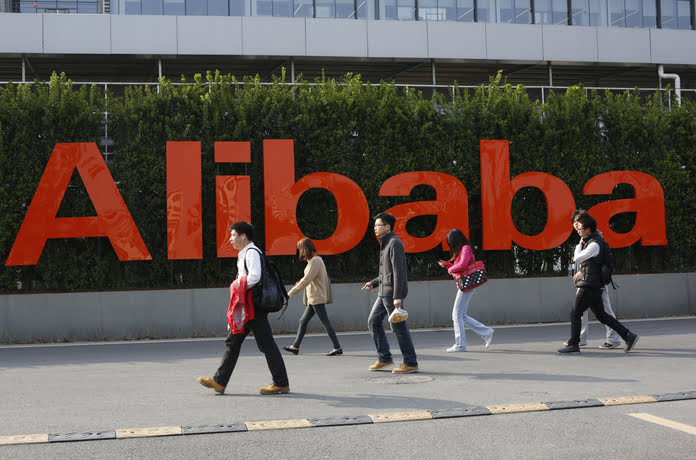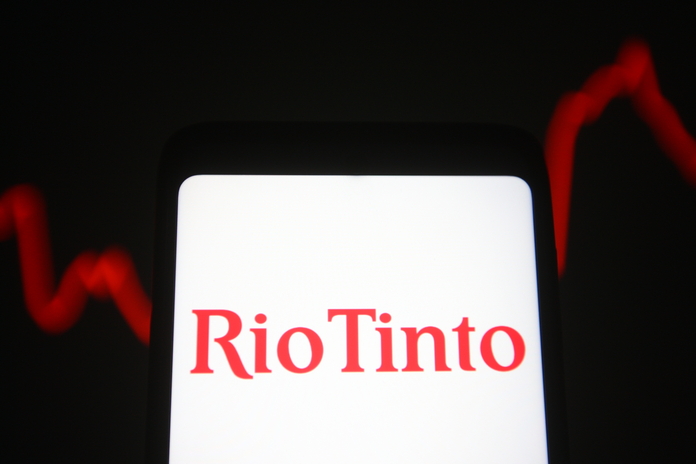Alibaba Group Holding Limited (NYSE:BABA) has been consolidating since it bottomed out in mid-March.
The stock fell substantially in mid-March on delisting fears fueled by China’s probable engagement in the Russia/Ukraine crisis. That worry was unfounded, as the stock has begun to form a bottom and consolidate around the $100 price range. There have been multiple green arrows from Chinese regulators regarding their crackdown on Chinese tech businesses, and the broader macro situation is much more positive presently. JPMorgan (JPM) and other large investment banks are turning positive on the industry and the economy after their infamous “uninvestable” warning on Chinese stocks earlier this year (which represented a bottom).
We believe that the Alibaba stock price reached a bottom in mid-March and that a rally will follow the present consolidation in the stock. However, we are aware that we are currently in the midst of a bear market in US stocks, so we are proposing a conservative options-based approach to capitalize on our view on the BABA stock and the significant implied volatility reflected in the option chain.
We propose a put spread proposal in the “What is the trade” part below that can earn a 26% annualized yield assuming the BABA stock price remains above $80/share at maturity. Given today’s macro and political context (as Russian ADRs have demonstrated), one never knows how politics can blow up strong economic fundamentals to the detriment of retail investors.
What is a put spread?
A put spread is made up of two put options. In our situation, we are taking a positive stance on the stock through our trade, believing that BABA will not break above the $80 barrier. First, an investor pays a premium for one put option. Simultaneously, the investor sells a second put option with a higher strike price than the one they purchased, getting a premium for sale. It is important to note that both options will have the same expiration date. Because puts lose value as the underlying price rises, both options would expire worthless if the underlying price rose. As a result, the maximum profit would be the premium from writing the spread.
A put spread is a cautious option strategy for taking a long position in a stock, with the downside protected by a lower strike and the upside limited to the premium obtained.
What is the trade
The trade entails selling a June 2023 $80 strike put and simultaneously purchasing a $50 strike put:
The trade is done for five contracts (each contract equals 100 shares), so the maximum exposure on the first leg is $40,000. The approach also involves selling a $50 strike put, but the net exposure is significantly lower at only $15,000 (40,000-25,000). If BABA falls to zero tomorrow, the investor will only incur a $15,000 loss (less net premium received).
A put spread, in essence, is a far more conservative means of taking a position on a company’s stock and monetizing implied volatility than an explicit put sale. An investor who is now long 500 shares of BABA stands to lose $50,000 if the stock falls to zero tomorrow (theoretical example, of course). Writing a single $80 strike put increases your exposure to $40,000, whereas the put spread method reduces your maximum loss to $15,000.
Conclusion
We like BABA and the Chinese economy. China is experiencing a downturn, and the Chinese government blasted digital companies last year to address the country’s growing socioeconomic inequalities. We believe the worst is behind BABA, and the company set a bottom at $80/share in March when it traded substantially down on delisting fears. BABA is currently stabilizing at around $100/share and, in our opinion, will rise over the next year. We believe that a knowledgeable trader can profit from the high stock implied volatility by employing a put spread strategy, which provides a solid, cheap tail hedge for a Chinese ADR and a 26% annualized yield.
Featured Image: Megapixl @Minipig5188

















